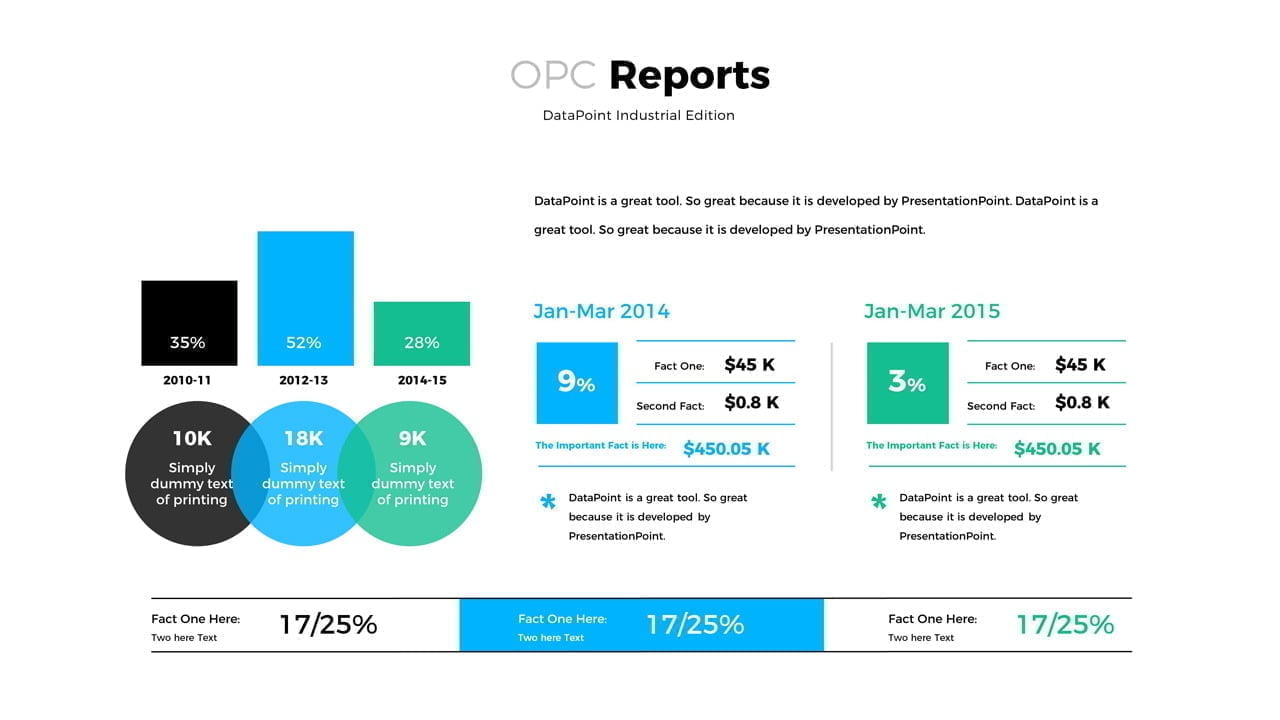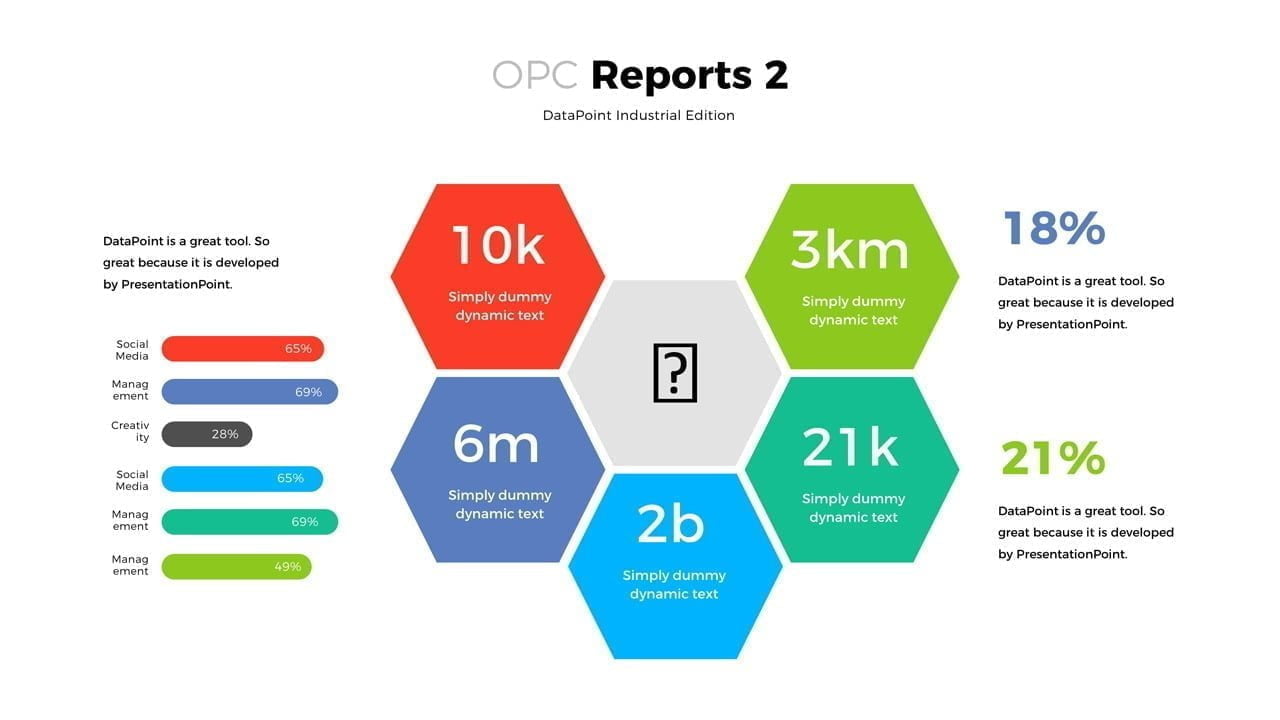OPC defines a revolutionized way of going about industrial processes. OPC, being an aggregation of Object Linking and Embedding for Process Control is currently adopted for use in control processes in smart industries today. In simpler terms, OPC is Open Process Control and, with respect to the concept of Industry 4.0, OPC is used basically for data-driven manufacturing. Real systems are often very difficult to control, unlike lower levels of control engineering where a PLC (programmable logic controller) is used, for modern control systems where adaptive, interactive and predictive control is required, an OPC (Open Process Control) system is used. OPC communication lets you communicate with manufacturing systems using OPC.
To this end, DataPoint is introducing its new Industrial Edition Tool, for the purpose of transferring OPC data retrieved from factories or information received form robots and machinery in smart industries to OPC servers in real time. This DataPoint tool is a medium for transfer of OPC communication information from the smart factories to the OPC servers, they also display the real-time data obtained from the source.
- Data Analysis. The display of real-time data allows data analysis to be carried out with a greater degree of accuracy and precision. Data analysis in the Industry 4.0 is largely a function of time, data must hence, be analyzed in real-time.
- Risk Analysis. Minimization of risk in the process of manufacturing is very essential and, can’t be overstated. The display of real-time information from the OPC data sources on an information screen is useful in risk analysis and, consequently, risk aversion.
- The real-time display is also a means to an end in the optimization of production and manufacturing processes. The sum total of data analysis and risk analysis is optimization; hence, the whole thing converges here.
- Consumer Ratings. Few companies don’t have access to their ratings from their consumers, even a few more have the analysis of the data they receive from the consumers about the brand. The display of real-time data with information screen allows producers to obtain the reaction of consumers to their brand at all points in time. This cuts across the problem with statistics: lack of in-depth0 analysis. Especially with service providing companies, the value of their brand can be observed from time to time from the data each information screen displays. This data can subsequently be analyzed and important steps are carried to out-optimize production.
- Production Testing. From time to time, there is always the need to subject certain production processes to test, machinery being part of the process of production. These tests are usually carried out in a bid to know the cogent areas to improve on. Classically, these tests are usually carried out and the machinery are accessed with the data obtained after the tests are concluded, but, with real-time data display screens, the performance of each machinery is accessible in time. Therefore, if a machine causes another one to fail because of its use, it can be identified and treated in isolation. Leading to an increase in performance indices and, economic efficiency.
- One of the important factors DataPoint Industrial edition tool brings to bear is a platform for interacting with customers. Oftentimes regarded and thought of as being trivial by business owners, interaction with customers may be the single most important reason your business is growing. Asides assisting in attaining higher ratings from customers and improving on production testing technique, real-time display of data in big or small business requires the interaction of customers on the results obtained. Business to pay keen attention to the discussion on their forums on how to optimize production process by varying certain processes or substituting older methods for newer ones.
OPC communication systems in modern-day control processes are beyond useful and invaluable. They are probably going to continually define the way we go about the production process for the foreseeable future. Although they are very comprehensive in maximizing production process, for the maximization of the entire business activities, there is a need to continually display the data obtained from them in real-time. To this end, DataPoint Industrial edition tools are the standard platform for the synchronization of the independent optimization attained in the production sector with the entire optimization of the business.






